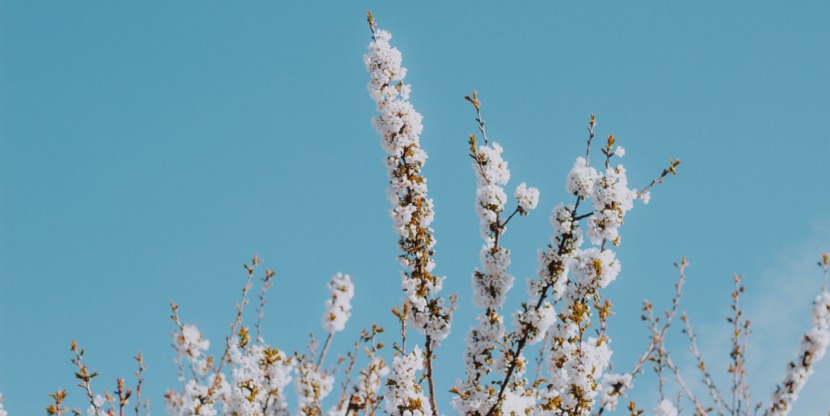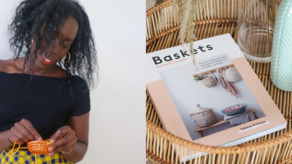5x wisdom from Japan

In recent years, several Japanese terms have appeared on our radar: all offering insights into ways to create more harmony and balance in our lives. Here are of some of our favorite wisdoms from Japan.
-
Zen
Zen is an offshoot of Buddhism. It is a corruption of the Chinese word for ‘concentration’. Japanese Zen Buddhism focuses on the emptiness behind the ‘I’. The most commonly used technique for this is the sitting meditation (zazen), which is intended to calm the mind. An image that is often used in Zen meditation is that of the mind like a clear pool, so smooth that you can see everything lying at the bottom. Zen is minimalist in practice and strives for what we also call mindfulness: constantly being attentive.
-
Ikigai
Iki is Japanese for ‘life’ and gai means ‘reason’. In short, ikigai is your personal life goal or raison d’être. According to the authors of Ikigai: The Japanese secret to a long and happy life, it is the reason why the people of Okinawa (the island with the highest number of centenarians in the world) get out of bed in the morning. Such a passion not only gives satisfaction and meaning to life, but also keeps you going.
-
Shinto
Japanese lifestyle is strongly influenced by minimalist Zen Buddhism, but also by the nature religion Shinto. The Japanese believe that everything in the universe has a soul (kami) and they feel spiritual energy in people, animals, mountains, trees, waterfalls, rivers and rocks. According to the traditional Eastern view, humans, plants, animals and elements are all part of one holistic system. By forest bathing or drinking tea in front of a home altar, the Japanese try to connect with that spirited universe.
-
Hara hachi bu
The Japanese phrase hara hachi bu means ‘eat until you are eight parts full’. According to researchers, one of the characteristics of very old Japanese people is that they stop eating before they are ‘full’. They also call this the 80 percent rule. But journalists and researchers have also discovered other dietary patterns in the healthy, octogenarian Japanese. Not only do they mainly eat vegetables, but these are also very varied: the locals in Okinawa eat 206 different foods. Also, they put foods such as rice, vegetables, tofu and soup in lots of different dishes and they serve them all at the same time, so that they eat less.
-
Kakebo
Tidying, breathing: it’s all about ‘being in balance’. You can also see it in the Japanese way of handling money. Kakebo (or kakeibo) is a Japanese budgeting method and its literal meaning is ‘household finance ledger’. The method was invented at the beginning of the 20th century by Japanese journalist Hani Motoko. Every week on Monday you enter your expenses, and after a month you can clearly see where your money went. What is so Japanese about that? That it’s not simply a matter of having an overview of your finances, but that it is meant, above all, to bring peace of mind.
- You can find more Japanese wisdoms in Issue 34.
Text Annemiek Leclaire Photography Mat Reding/Unsplash.com







